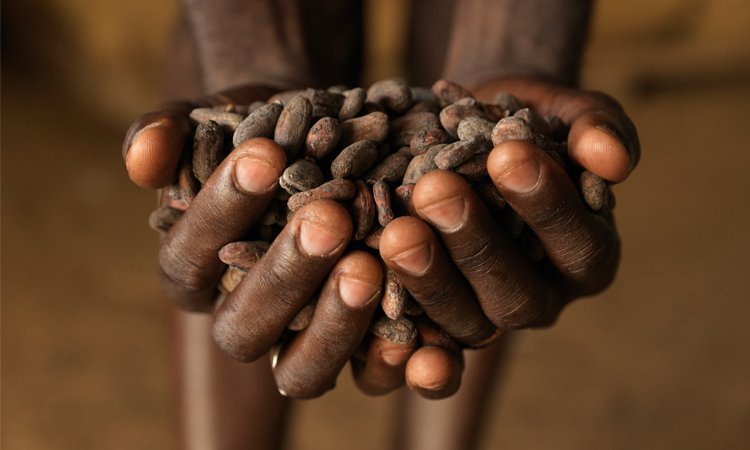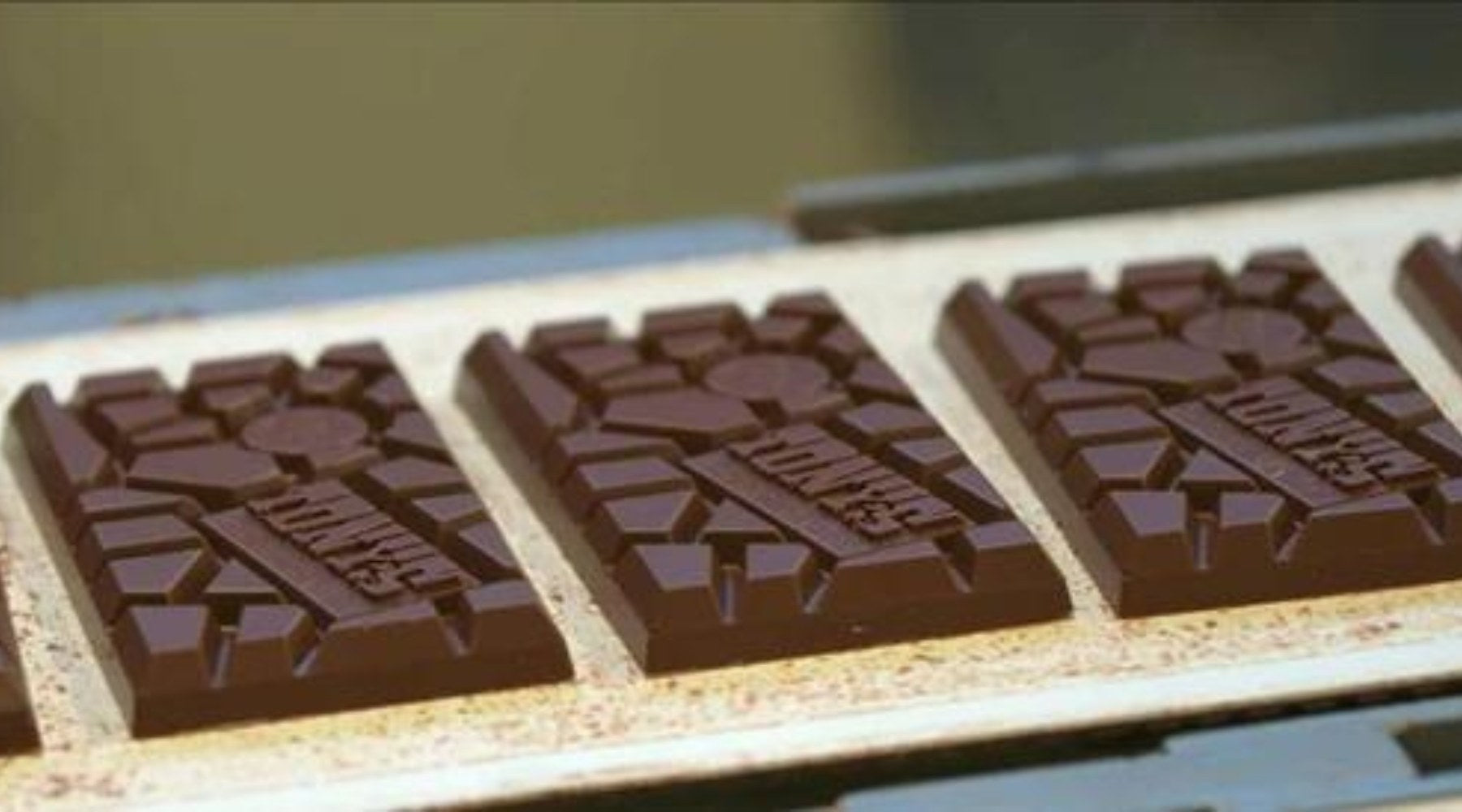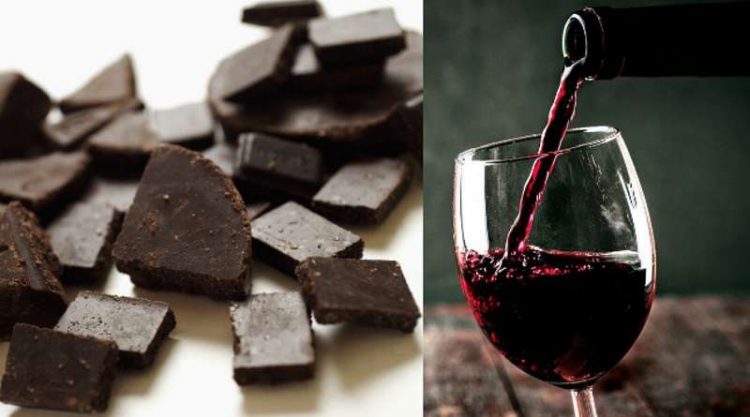"Most of the chocolate you buy starts with child labor." The Washington Post article published in June 2019 examining child slavery in the cocoa industry begins with such brutality. The research results of the reporters are shocking: In West Africa, an estimated 2.1 million minors work on cocoa plantations. And this despite the fact that large chocolate manufacturers such as Nestlé and Mars signed an agreement to end child labor as early as 2001 - which they have not complied with to this day.
We have prepared the extensive Washington Post article for you. You will also find out which companies you should not support and how you can still enjoy chocolate with a clear conscience.
Child labor for chocolate
According to studies, more than two million minors work on cocoa farms in West Africa. Their tasks include harvesting with machetes, fertilizing with pesticides and carrying heavy loads. Washington Post journalists traveled to three cocoa-growing regions in Ivory Coast to conduct research. The workers they spoke to there were between 13 and 18 years old and some had been working on cocoa plantations since they were eleven. For the hard and dangerous work, the young people get less than $1 a day. They live in self-built huts in the forest, drink milky-white water from a nearby pond and complain of hunger.Less is nothing
Some of the children work on their parents' farms. Parents lack the money to send their children to school. And that's not the only reason there isn't enough money: the annual income of an average farm in Ivory Coast is just $1,900. Many farmers are therefore forced to let their own children work on the plantations and to use other children as cheap labour. These child laborers are brought to Ivory Coast from other countries like Burkina Faso - their parents get $250 for it. In an interview with the reporters, a farmer admits that this working situation is “a kind of slavery”. However, cocoa farmers receive so little money for their beans that they are desperately dependent on cheap labor. Many workers the Washington Post spoke to are also desperate and want to stay on the plantations despite the hard work and poor conditions. At least they make some money there. The situation in their home countries like Burkina Faso is even more hopeless.Child labor cocoa ends up in almost every chocolate you find in the supermarket. Big companies like Nestlé and Mars buy cocoa at very low prices and have little to no trace of where this cocoa came from - let alone on which farm, by whom and under what conditions it was grown and harvested. Already 18 years ago, in 2001, these abuses caused an uproar in the USA. You can now find out why so little has happened since then.
The Chocolate Deal
In 2001, media reports brought the issue of child slavery in the cocoa industry into public focus. The systematic and industry-wide problem of child labor was exposed. To avoid legal consequences, Nestlé, Mars and Hershey signed an agreement. The promise: they would end child labor in the cocoa sector by 2005 through targeted initiatives and control mechanisms.This deadline was not met. On the contrary: to date, 18 years after the agreement, the number of child laborers on cocoa plantations has even increased. The initiatives of the big chocolate manufacturers seemed rather half-hearted. One action they've taken since 2001 has been to buy more certified cocoa. Here you can find out why certification is not possible for small farmers. What problems there are in monitoring compliance with Fairtrade criteria. And, finally, why a seal is unfortunately no guarantee of fairness.
2020 – another missed deadline
Nestlé and Co did not get to the bottom of the origin of the problem, for example prices for cocoa that were far too low. According to the Washington Post, companies still have difficulty understanding where their cocoa comes from.Local governments are also slow to address the grievances on cocoa plantations. The government of the Ivory Coast, for example, which was also a signatory to the 2001 agreement, has passed various laws, but compliance with them is rarely or not at all monitored.
The current deadline is 2020 - but the goal is no longer to end child labor, but only to reduce it by 70%. It is already expected that this deadline will not be met.
The true value of chocolate
We at Theyo are chocolate lovers through and through. And yes, the grievances in the cocoa industry make us sad and angry. How can Nestlé, Mars and the other industrial chocolate makers sign an agreement and then sit seemingly idle for almost two decades? How is it that marketing and greenwashing often hide the fact that children have to work hard? Just so that chocolate bars sell for less than €1 in our supermarkets. And why does chocolate hold so little value for so many of us?Consumers have to rethink
With their money and power, big business could end child slavery. However, a prerequisite would be a serious engagement with the local people and with the causes of the problem. And also a shift in priorities.
A rethinking is also necessary in our heads. What are the beans worth to us that grow on sensitive trees? Which lie in pods and must be carefully separated from the branch with machetes. Which ferment between banana leaves and dry in the sun. Which are transported to us over many thousands of kilometers, roasted, peeled, rolled and refined in complex production steps? What is this product worth to us?  young cacao tree ©Tree Owners Club
young cacao tree ©Tree Owners Club
3 things each of us can do about child labor chocolate
It really seems hopeless. Big companies with a strong lobby and an incredible amount of money do their thing. What can we as consumers do about it? We are convinced that we can use our great power as consumers responsibly. How? So:#1 Make informed consumption decisions.
You keep hearing about certain brands that are related to child labor or child slavery? If you come to the conclusion in your research that the allegations are correct, try to consume products from other suppliers. It is also important to understand which brands belong to which large companies. For example, it is difficult to immediately identify which products belong to corporate giants like Nestlé. For example, you can find a list of Nestlé's German subsidiaries here . Such lists are helpful in deciding which products or companies you want to support and which ones you don't
#2 Research and ask.
Being an active consumer means not relying on advertising promises, seals, etc. Instead, you should look behind the facade of the companies! What values do they represent, how transparent do they work, what concrete measures do they take to be able to control products? In the best case, you will even find out what price the company pays for the cocoa.
#3 If chocolate, then good.
Eat better chocolate - tastefully and ethically. Supports small businesses that work transparently and maintain personal contact with farmers. Chocolate isn't a cheap food, so it's worth shelling out a little extra cash. But beware: Expensive chocolate is not necessarily fair. It is best to find out how much money actually reaches the cocoa farmer.At Theyo, we have made it our mission to bring really good and socially-ecologically sustainable chocolate to you. We maintain personal contact with our partners. We select our products according to our codex , pay attention to social and ecological fairness, high quality, craftsmanship - and of course to the quality that the chocolate develops in the mouth. Good chocolate, tasty and ethical. Sounds interesting? You can learn even more about good chocolate, great manufacturers and excellent flavors at our digital team events . We are now offering these to offer fair and sustainable alternatives to existing team events :-) !
PS: Click here for the full Washington Post article .



